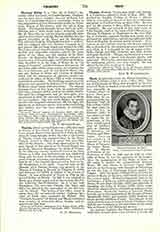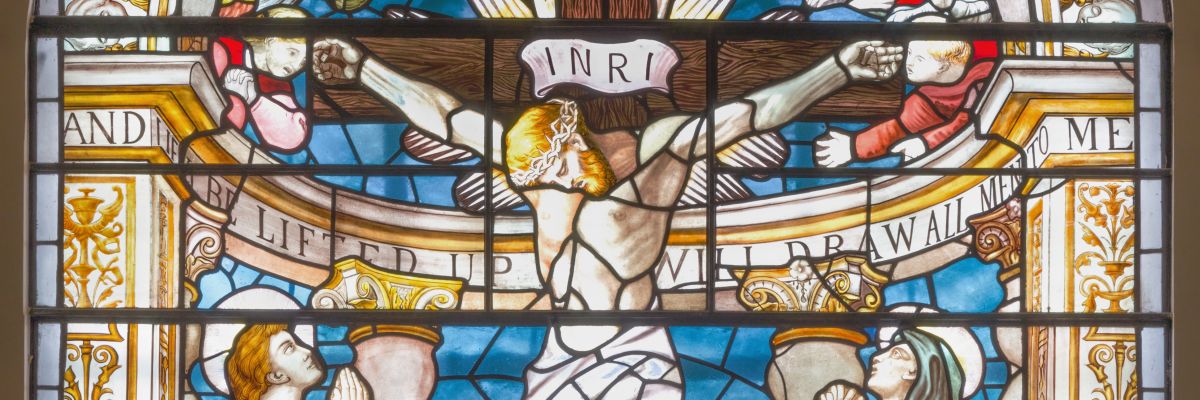

Thorney Abbey (i.e. “the isle of thorns”, anciently called ANCARIG), in Cambridgeshire, England, was for some three centuries the seat of Saxon hermits, or of anchoritles living in community, before it was refounded in 972 for Benedictine monks by Ethelwold, Bishop of Winchester, with the aid of King Edgar. The founder brought thither the body of St. Botulph and of other Saxon saints, including, possibly, St. Benet Biscop; and the church, originally dedicated to Jesus Christ and His Blessed Mother, became known thereafter as St. Mary and St. Botulph’s. The structure built by Etheiwold stood for a century, and was replaced after the Norman Conquest by a new church 290 feet long, which was finished in 1108. The long series of charters granted to Thorney in the twelfth and thirteenth centuries attests the prosperity of the abbey and the number of its benefactors. In Domesday Book its value is reckoned as equal to that of Peterborough; and William of Malmesbury describes it, in the reign of Henry II, as “an image of Paradise”, and flourishing in all respects. Of the thirty-eight abbots whose names are recorded, the first was Godeman, and the last Robert Blyth, who was also Bishop of Down and Connor, in Ireland. Blyth and his community of nineteen monks surrendered the abbey to Henry VIII in 1539, receiving a pension in exchange. The buildings and most of the property were granted by Edward VI to John Earl of Bedford, whose family still owns them. The original Norman nave of five bays, with its perpendicular clerestory, remains, and is used as the parish church. The choir has disappeared, and the nave aisles were demolished in 1636, the material being used to fill up the nave arches. The west front, flanked by square turrets with octagonal terminations 100 feet high, and displaying an elaborate screen, with niches containing nine statues over the west window, is extremely picturesque.
D. O. HUNTER-BLAIR.


